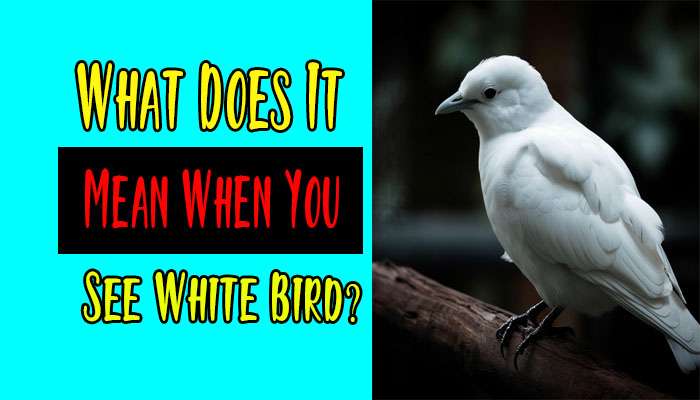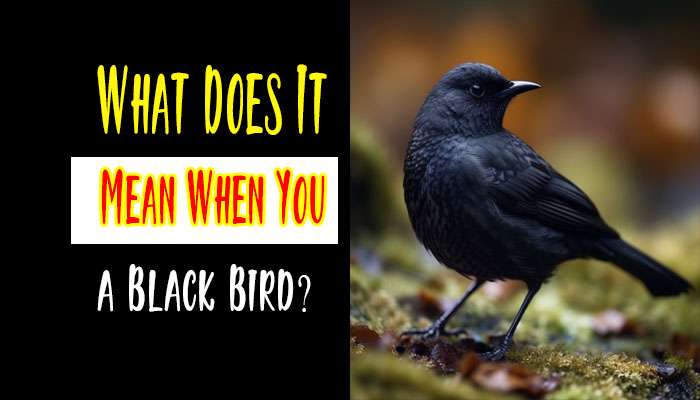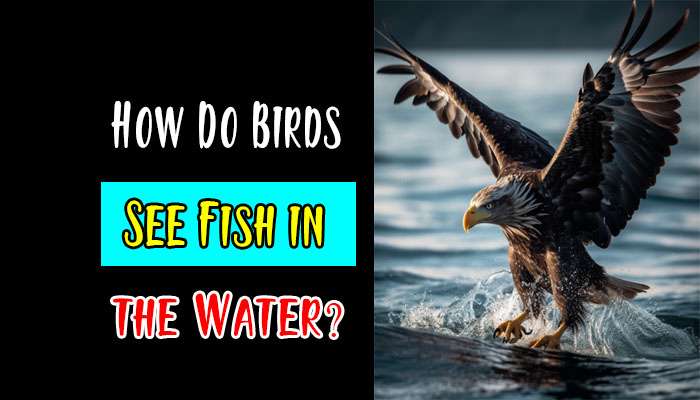Bird Conservation: Protecting Endangered Species
Birds are an integral part of our natural world, contributing to the beauty and balance of ecosystems. However, many bird species worldwide face the threat of extinction due to various factors. Bird conservation is crucial in protecting these endangered species and ensuring their survival for future generations.
In this article, I will explore the importance of bird conservation, the threats faced by bird species, ongoing conservation efforts, success stories, the role of individuals in conservation, challenges, and the future outlook for bird conservation.
Importance of Bird Conservation

Birds are not only fascinating creatures, but they also provide several ecological benefits. They play a crucial role in pollination, seed dispersal, and insect control, thus helping maintain the ecosystem balance.
Birds also serve as indicators of environmental health, as their populations reflect the overall condition of ecosystems. By conserving bird species, we are also safeguarding the biodiversity and functioning of ecosystems.
Also, Read: Bird Care 101
Threats to Bird Species
Bird species face a range of threats that put their survival at risk. Habitat loss is one of the primary causes of population decline. Deforestation, urbanization, and land degradation destroy the habitats that birds rely on for nesting, feeding, and breeding.
Pollution, climate change, and the use of pesticides also pose significant threats to bird populations. These factors can disrupt their reproductive cycles, alter migration patterns, and affect their food sources.
Conservation Efforts

Conservation efforts are underway globally to combat the threats of bird species. These efforts focus on various strategies to protect and restore bird habitats, raise public awareness, and implement legislative measures to safeguard endangered species.
# Habitat Protection
Preserving and restoring habitats is crucial for bird conservation. Protected areas, such as national parks and wildlife reserves, provide safe havens for birds and other wildlife. Conservation organizations work to identify key habitats and advocate for their protection. Habitat restoration projects aim to recreate suitable conditions for birds to thrive.
# Breeding Programs
Breeding programs are instrumental in conserving endangered bird species. These programs involve captive breeding, where birds are bred in controlled environments to increase their population size. Once the population has sufficiently recovered, individuals can be reintroduced into the wild. Breeding programs have successfully saved several bird species from the brink of extinction.
# Public Awareness and Education
Raising public awareness about bird conservation is crucial for long-term success. Education programs, workshops, and campaigns help people understand the importance of birds and the threats they face. By promoting responsible behavior, such as preventing bird collisions with buildings or reducing pesticide use, individuals can contribute to bird conservation efforts.
# Legislative Measures
Legislation plays a vital role in protecting bird species. Laws and regulations are implemented to prevent habitat destruction, control pollution, and restrict activities that harm bird populations. International agreements, such as the Migratory Bird Treaty Act, provide legal frameworks for bird conservation across borders.
Success Stories in Bird Conservation

Despite the challenges, bird conservation efforts have led to several success stories. The Bald Eagle, once on the brink of extinction due to habitat loss and pesticide use, has remarkably recovered thanks to conservation measures.
The California Condor, one of the world’s most endangered birds, has seen a significant population increase through captive breeding and reintroduction programs. These success stories demonstrate the positive impact of conservation efforts.

The Role of Individuals in Bird Conservation
Individuals can make a difference in bird conservation through simple actions. By creating bird-friendly habitats in their own backyard, planting native plants, providing nesting boxes, and avoiding the use of pesticides, individuals can contribute to the well-being of bird populations. Participating in citizen science projects, such as bird monitoring programs, also provides valuable data for conservation research.
Challenges in Bird Conservation
Despite progress, bird conservation still faces numerous challenges. Funding limitations, inadequate enforcement of laws, and political barriers can hinder conservation efforts. Additionally, the complex nature of ecosystems and the interconnectedness of species make it challenging to address all the factors impacting bird populations. Climate change, in particular, poses an ongoing threat, as it disrupts migration patterns and alters habitats.
Future Outlook for Bird Conservation

The future of bird conservation depends on collective action and continued efforts. It is essential to prioritize habitat protection, promote sustainable practices, and strengthen international collaborations. Advancements in technology, such as tracking devices and remote monitoring, offer new possibilities for studying bird behavior and identifying conservation needs. By working together, we can ensure the survival of endangered bird species and protect the natural heritage they represent.
FAQs
1. How can I create a bird-friendly habitat in my backyard?
Creating a bird-friendly habitat in your backyard is simple. Plant native plants, provide a water source, offer nesting boxes, and avoid the use of pesticides. These actions will attract birds and provide them with a safe environment.
2. Are all bird species equally endangered?
No, the level of endangerment varies among bird species. Some are critically endangered, while others are considered least concern. Conservation efforts focus on protecting the most endangered species to prevent their extinction.
3. How can I contribute to bird conservation if I live in an urban area?
Even in urban areas, you can contribute to bird conservation. Create small green spaces with plants that attract birds, put up bird feeders, and advocate for protecting green areas in your community.
4. What is the significance of migratory bird conservation?
Migratory birds travel long distances, crossing international borders. Conserving migratory birds requires international cooperation and the protection of their stopover sites and wintering grounds. It helps maintain the ecological balance across continents.
5. Can I volunteer for bird conservation organizations?
Yes, many bird conservation organizations rely on volunteers. You can participate in bird monitoring programs, assist in habitat restoration projects, or contribute your skills in various capacities. Contact local organizations to inquire about volunteer opportunities.
Conclusion
Bird conservation plays a vital role in safeguarding endangered species and preserving the ecological balance of our planet. Significant progress has been made in protecting bird populations through habitat protection, breeding programs, public awareness, and legislative measures. However, challenges persist, and we must continue our efforts to ensure a sustainable future for birds. By valuing and protecting these magnificent creatures, we are also securing the health and diversity of our ecosystems for generations to come.




